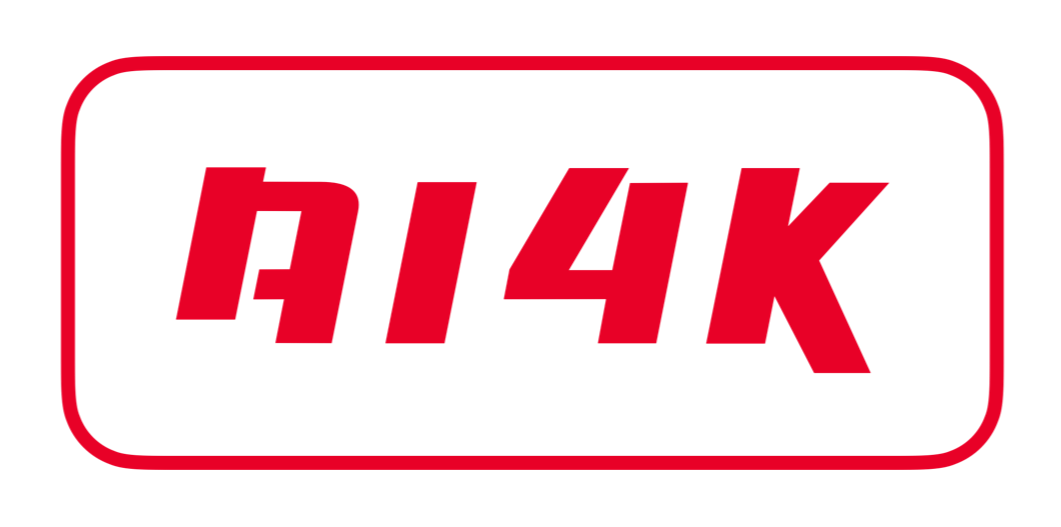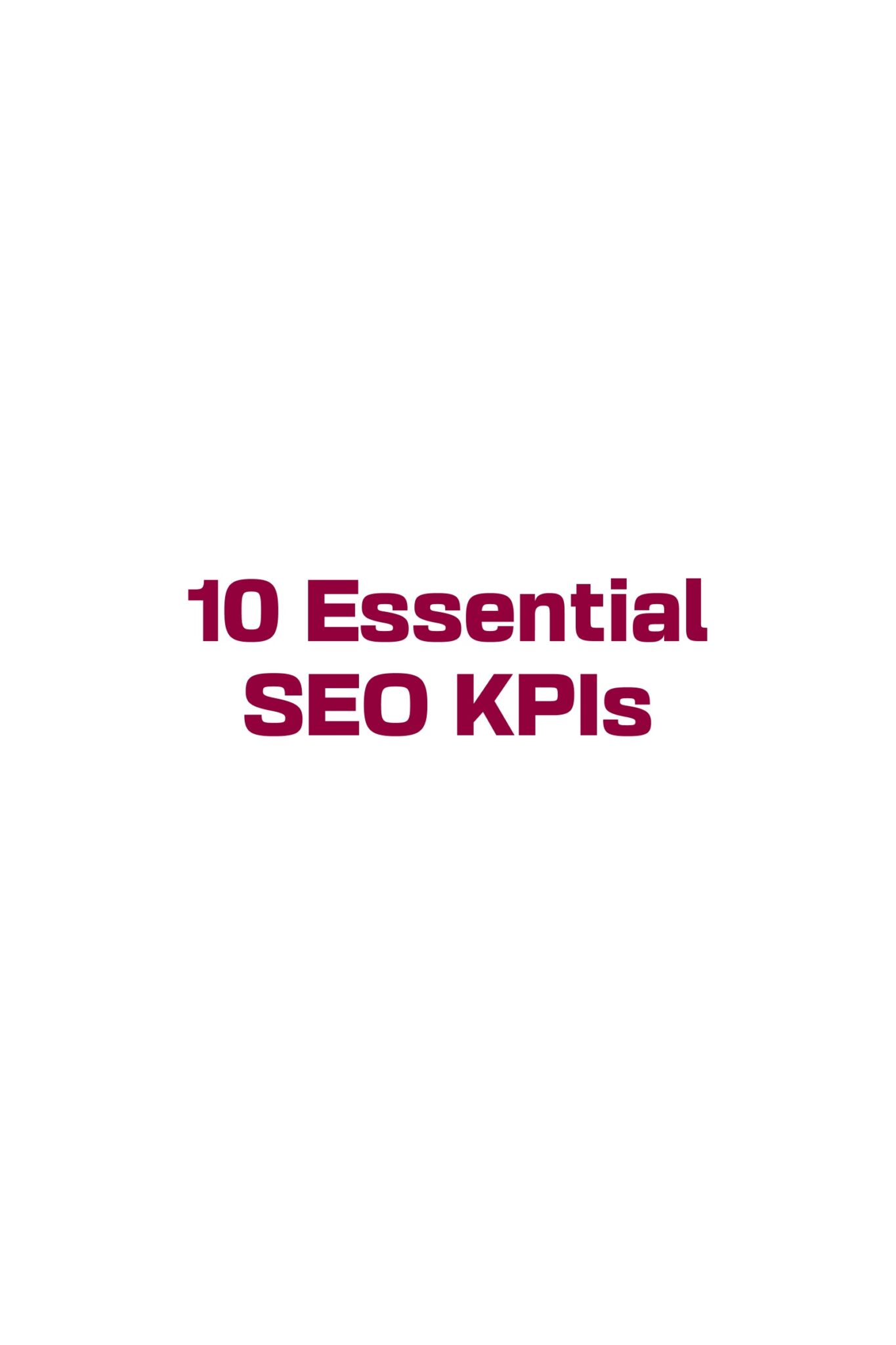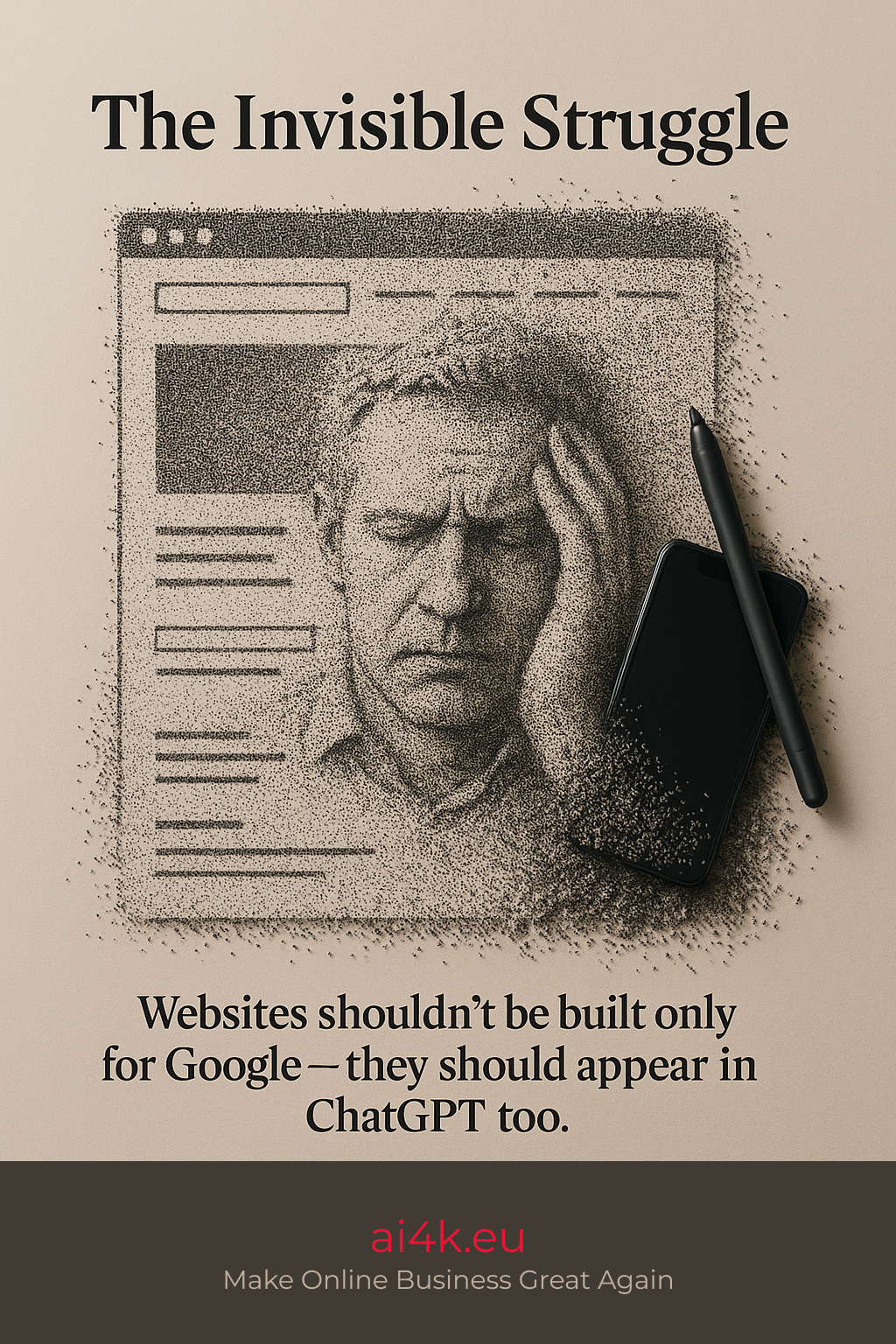It Starts with the Click
If you’re starting an online business, you’re probably hearing a lot about SEO. Yes, showing up on Google is essential. But what most people don’t talk about enough is what happens after someone clicks your link. That’s where most websites fail.
In my opinion, SEO without conversion is wasted effort. It’s like throwing a party, having people show up, but not giving them a reason to stay. Google is watching—not just who clicks, but what they do once they land on your site. That’s why your UI/UX (user interface and user experience) and your conversion strategy are not optional. They are the foundation of your SEO performance.
When someone types a search into Google and clicks on a result, that moment is more important than most realize. It’s when the user goes from being a Google user to your visitor. Google tracks this behavior. Did the user stay on your page? Did they bounce? Did they complete an action? These signals help Google decide if your page deserves to stay high in the results—or drop.
That click-through rate (CTR) you see in your Google Search Console? It’s not just a number. It’s Google’s own metric that reflects how useful and engaging your listing appears on the results page.
Your website becomes your platform for these behavioral signals. If the design is slow, confusing, or irrelevant, users leave—and Google lowers your ranking. This is why I always say: conversion is SEO. They’re not separate strategies.



